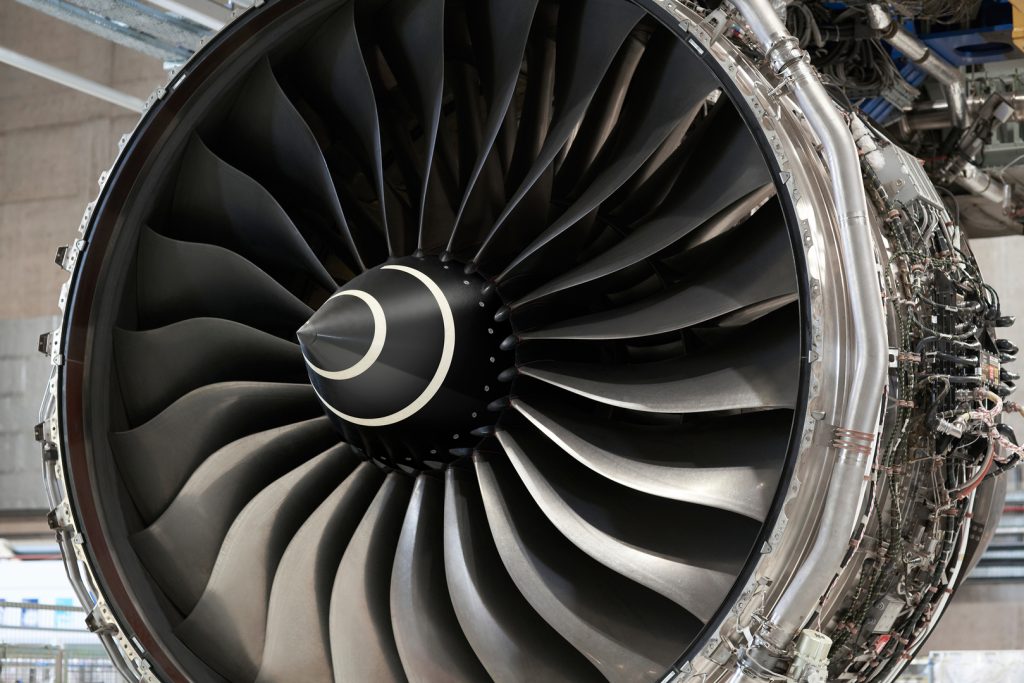As the International Supercomputing Conference kicked off in Hamburg, Germany, this week, Nvidia made a couple of major quantum computing announcements.
First, the company announced it is teaming with the Jülich Supercomputing Centre (JSC) at Forschungszentrum Jülich (FZJ) to build a new lab that will feature a classical-quantum supercomputer in partnership with ParTec AG, Munich, based on the Nvidia quantum computing platform.
Second, in a separate announcement, Nvidia, aviation manufacturer Rolls-Royce and quantum software company Classiq touted a quantum computing breakthrough aimed at bringing ever-increasing efficiency to jet engines.
Regarding the lab news, an Nvidia statement said FZJ, one of the largest interdisciplinary research centers in Europe, will host the lab as part of the Jülich UNified Infrastructure for Quantum Computing (JUNIQ) to run high-performance and low-latency quantum-classical computing workloads. JUNIQ is currently using the JUWELS booster system with 3,744 NVIDIA A100 Tensor Core GPUs for quantum computing simulations.
JSC plans to use a phased approach to test the system, and will use the Nvidia’s CUDA Quantum programming model to program quantum processors and integrate them within the Jülich exascale modular supercomputing architecture, the statement said.
“Unifying quantum computing and GPU supercomputing is a key part of enabling the scientific breakthroughs of tomorrow,” said Timothy Costa, director of HPC and quantum at NVIDIA. “NVIDIA’s collaboration with innovators such as the Jülich Supercomputing Center and ParTec represents an important milestone for quantum-classical computing, making it accessible to countless new researchers and bringing the first quantum-accelerated supercomputer one step closer.”
As for the partnership news, the companies have used Nvidia’s quantum computing platform to design and simulate the world’s largest quantum computing circuit for computational fluid dynamics (CFD) — a circuit that measures 10 million layers deep with 39 qubits, according to Ian Buck, vice president of hyperscale and HPC at Nvidia. By using GPUs, Rolls-Royce is preparing for a quantum future despite the limitations of today’s quantum computers, which only support circuits a few layers deep. Rolls-Royce plans to use the new circuit on its journey to quantum advantage in CFD for modeling the performance of jet engine designs in simulations that use both classical and quantum computing methods.
Buck added, “While they can’t actually run this circuit on a quantum computer today, they can be ready for those quantum computers by investing in physical compute technologies today that can simulate what would happen so when those quantum computers are ready, they can actually accelerate their research even further and hit their energy efficiency goals. The European Aviation Industry has set a goal to reduce carbon emissions for jet engines by 75% by 2050, and Nvidia is playing a small part in to help them to simulate what quantum machines can do to hopefully reach that goal.”
Dan O’Shea has covered telecommunications and related topics including semiconductors, sensors, retail systems, digital payments and quantum computing/technology for over 25 years.
